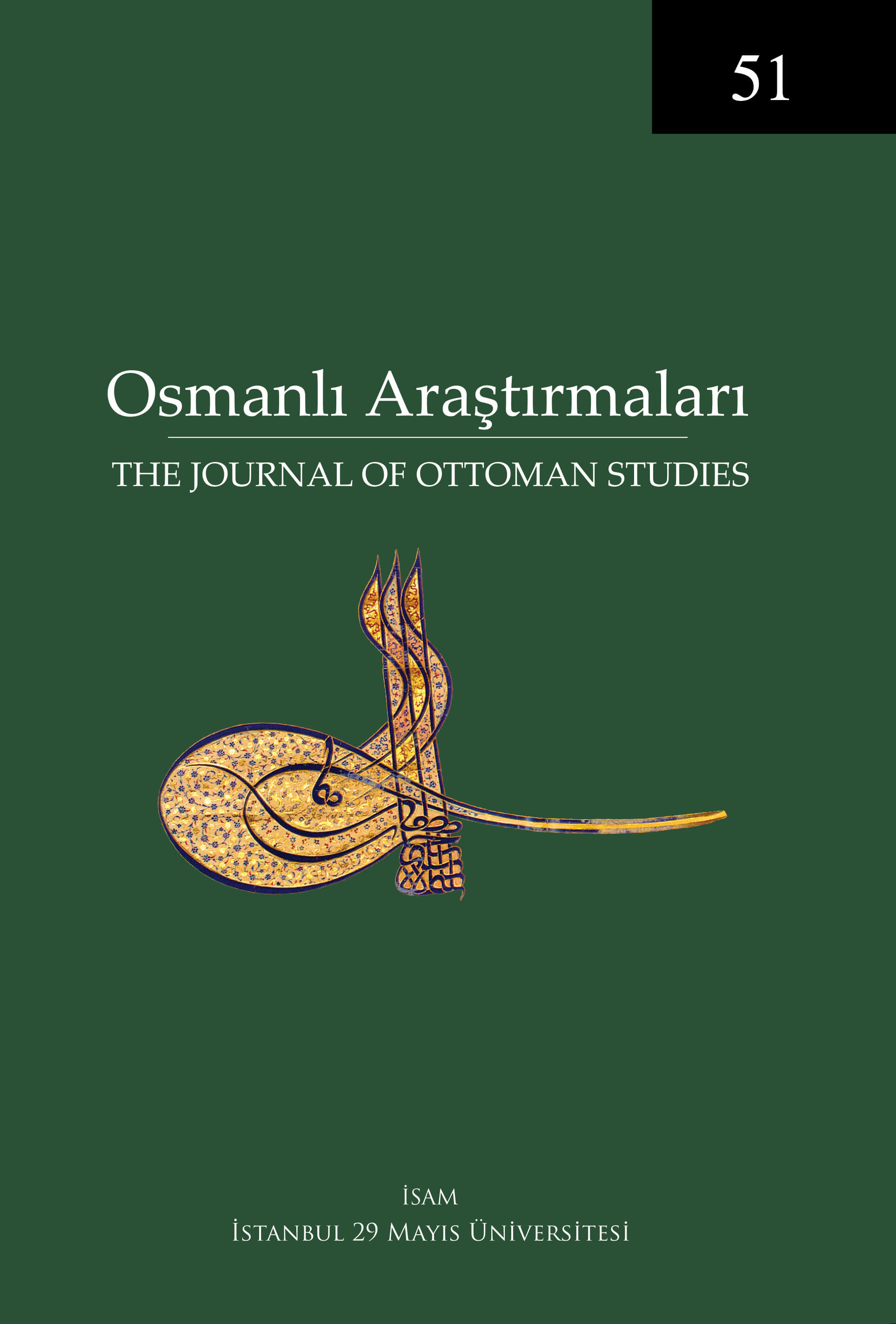The Many Forms of “Timars” in Eastern and Southeastern Anatolia in the 16th and 17th Centuries: Putting a Label on Diverse Practice
Keywords:
Eastern and Southeastern Anatolia, Province of Diyarbakır, Province of Van, Kurdish Amirs, Timar SystemAbstract
This paper elucidates how timar system was implemented in the sancaks governed by Kurdish amirs. The Ottoman authorities took two exceptional measures to adapt the timar system to the situation on the ground when they first introduced it to those sancaks. On one hand, allowance was made in some cases for quasi-family holding of the dirlik through a system called ocaklık. On the other hand, some Kurdish amirs and their followers were granted dirliks wholesale without preceding land surveys. The authorities, however, were clearly reluctant to continue such exceptional measures. For instance, already around six decades after the conquest, execution of land surveying can be attested in one sancak where the dirliks had previously been granted without it. This move towards the standardization of timar system went hand in hand with apolicy to intensify the implementation of that system. The authorities began to grant the Kurdish amirs controlling the sancaks where the timar system was not implemented dirliks outside the sancaks under their control. All in all, the Ottoman timar policy towards the sancaks governed by Kurdish amirs aimed at loosely integrating those sancaks into the timar structure, while keeping local vested interests intact.




